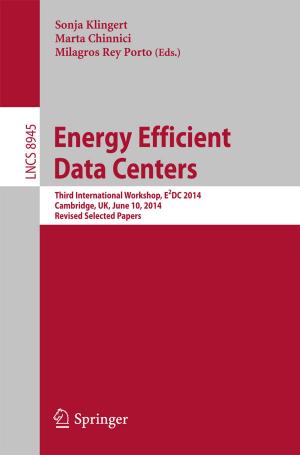Classical and Quantum Aspects of Gravity in Relation to the Emergent Paradigm
Nonfiction, Science & Nature, Science, Physics, Gravity, Cosmology| Author: | Sumanta Chakraborty | ISBN: | 9783319637334 |
| Publisher: | Springer International Publishing | Publication: | August 1, 2017 |
| Imprint: | Springer | Language: | English |
| Author: | Sumanta Chakraborty |
| ISBN: | 9783319637334 |
| Publisher: | Springer International Publishing |
| Publication: | August 1, 2017 |
| Imprint: | Springer |
| Language: | English |
This thesis explores the connection between gravity and thermodynamics and provides a unification scheme that opens up new directions of exploration. Further elaborating on the Hawking effect and the possibility of singularity avoidance, the author not only discusses the information loss paradox at a broader level but also provides a possible solution to it. As the final frontier, it describes some novel effects arising from the microscopic structure of spacetime.
Taken as a whole, the thesis addresses three major research areas in gravitational physics: it starts with classical gravity, proceeds to the black hole information loss paradox, and closes with Planck scale physics. The thesis is written in a lucid and pedagogical style, with an introduction accessible to researchers from other branches of physics and a d
iscussion presenting open questions and future directions, which will benefit and hopefully inspire next-generation researchers.
This thesis explores the connection between gravity and thermodynamics and provides a unification scheme that opens up new directions of exploration. Further elaborating on the Hawking effect and the possibility of singularity avoidance, the author not only discusses the information loss paradox at a broader level but also provides a possible solution to it. As the final frontier, it describes some novel effects arising from the microscopic structure of spacetime.
Taken as a whole, the thesis addresses three major research areas in gravitational physics: it starts with classical gravity, proceeds to the black hole information loss paradox, and closes with Planck scale physics. The thesis is written in a lucid and pedagogical style, with an introduction accessible to researchers from other branches of physics and a d
iscussion presenting open questions and future directions, which will benefit and hopefully inspire next-generation researchers.















